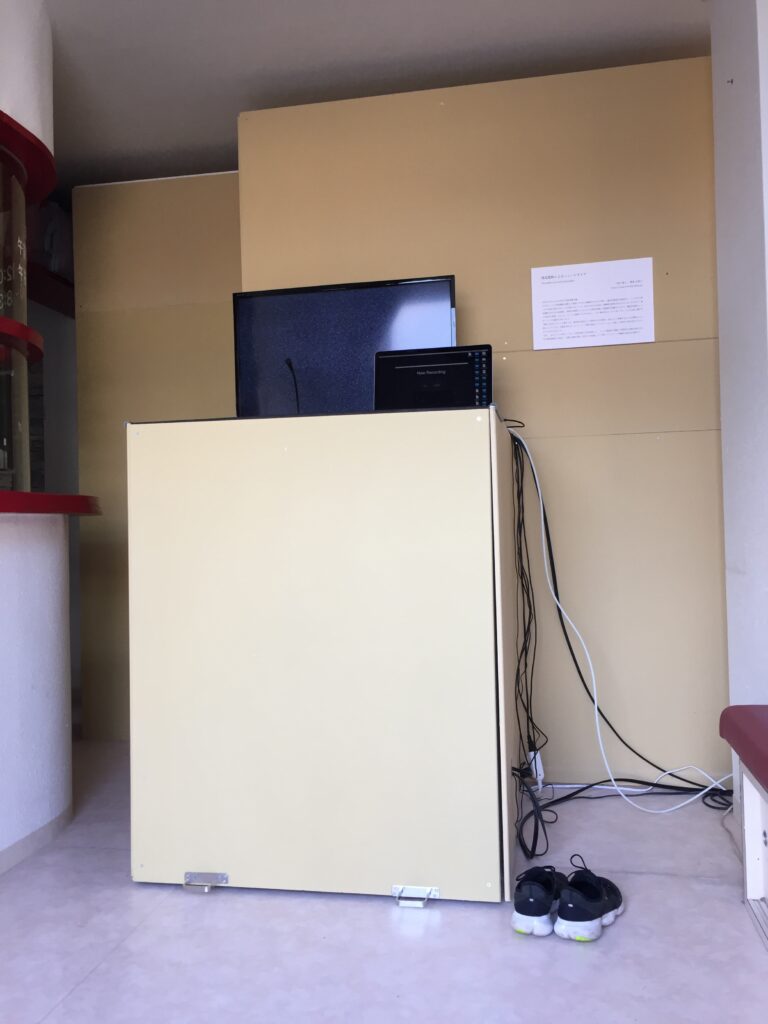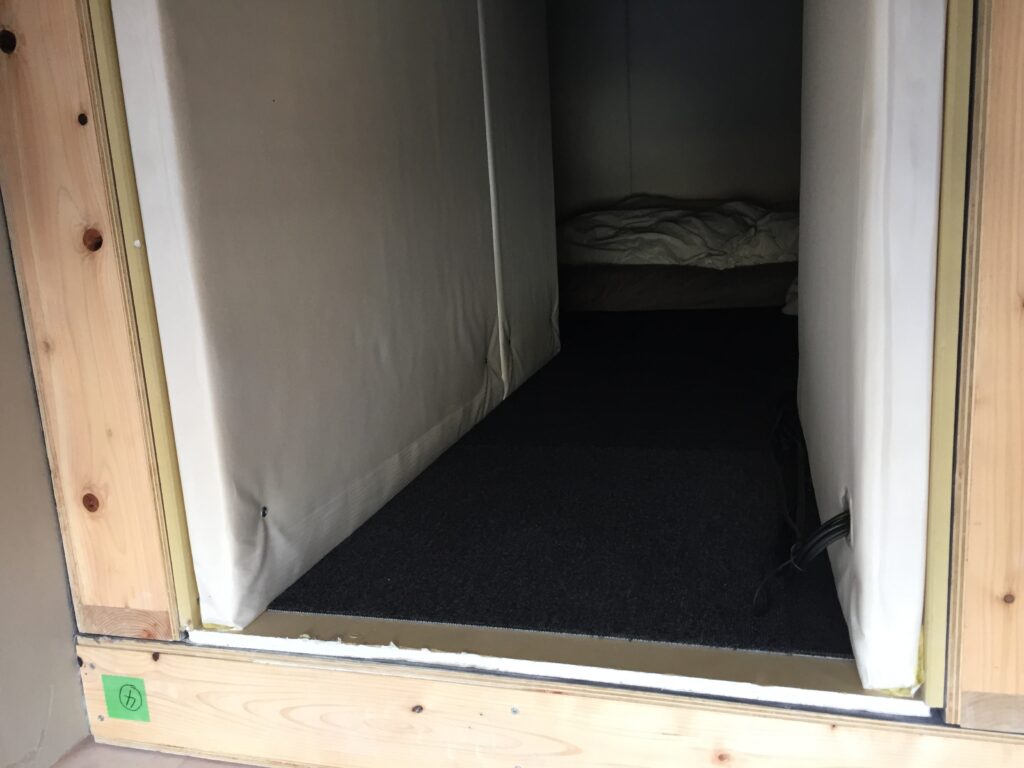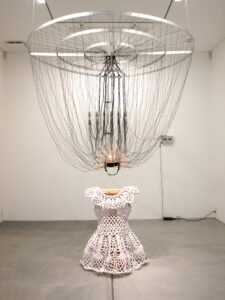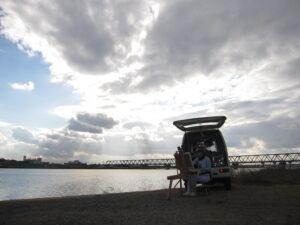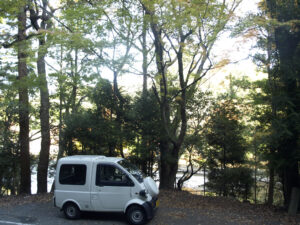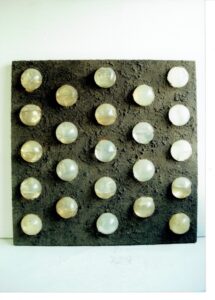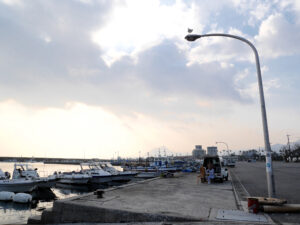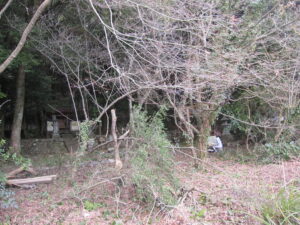Tanaka Masato & Nakako Okamoto, 2021
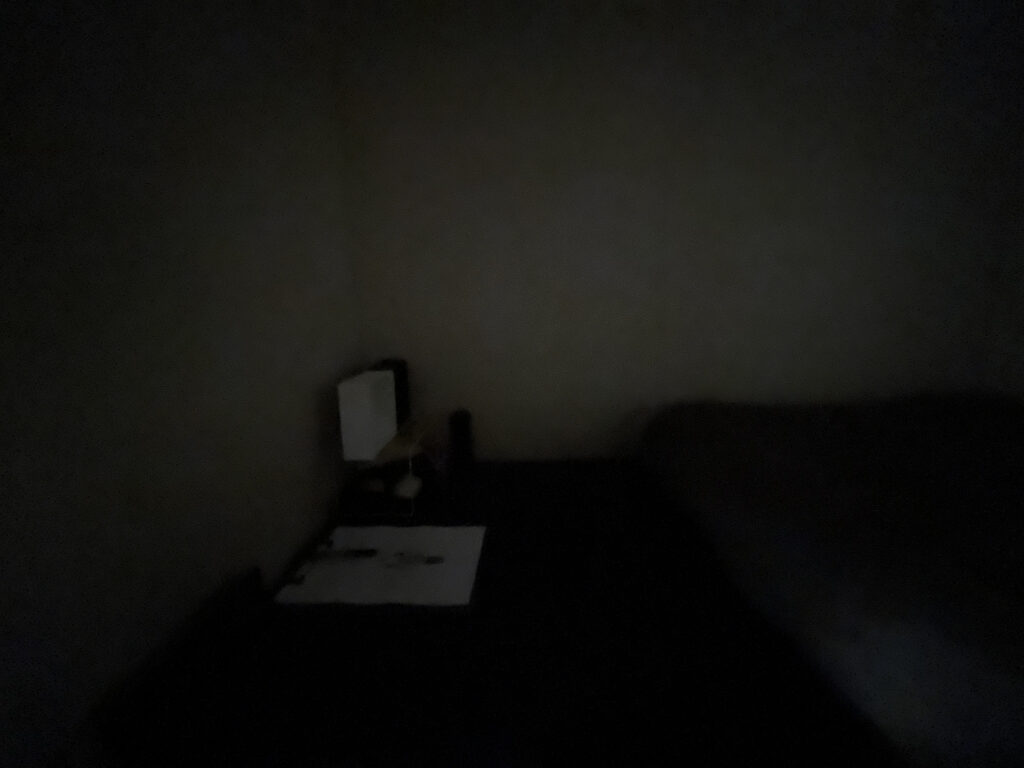
Extensive studies and experiments into sensory deprivation were conducted
by psychologists and scientists in the 1950s and 60s. There are a number of reports stating that a reduction of external visual and auditory stimuli induced visual hallucinations in half of the healthy participants, who experienced seeing geometric patterns or specific images. Though this enthusiasm for sensory deprivation has ceased in recent years, these hallucinatory experiences contain great possibilities, whether it’s in connecting us to spiritual experiences such as meditation and spiritual awakening, folk traditions such as ghosts and the supernatural, or on an anthropological level to cultural activities such as ancient cave art.
The phenomenon of visual hallucinations, that is, perceiving objects in the mind in the absence of their actual existence, sits midway between perception and imagination, and gives a new perspective on reality and illusion.
Tanaka Masato has been contemplating “what seeing really is” whilst Nakako Okamoto has been studying the “origin of human creativity”. Having created their own sensory deprivation room in which they will isolate for a long duration, these two artists will present the findings of their experiments during the exhibition.
